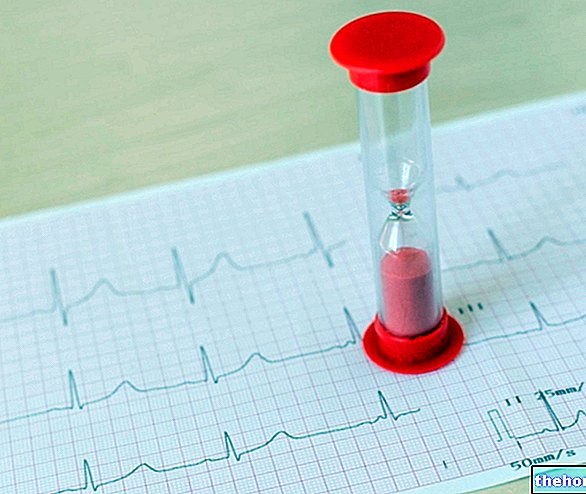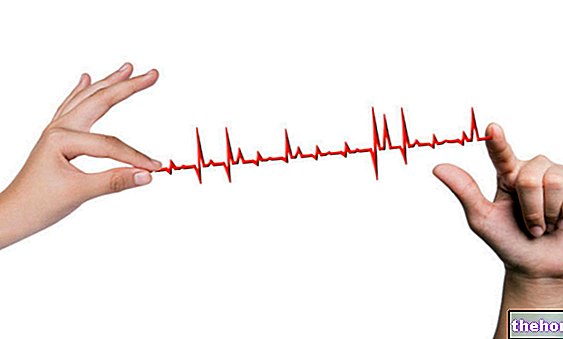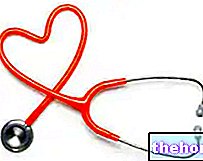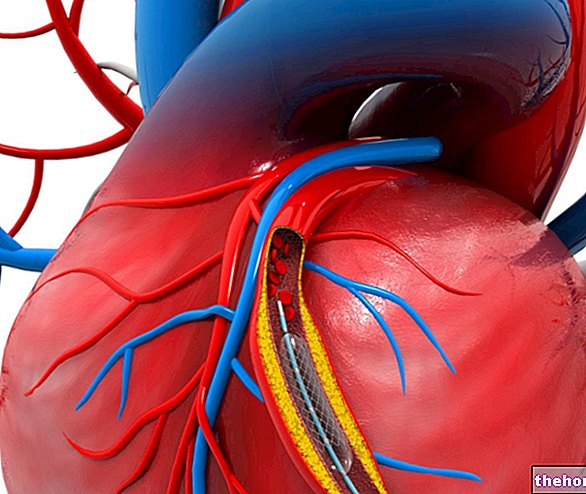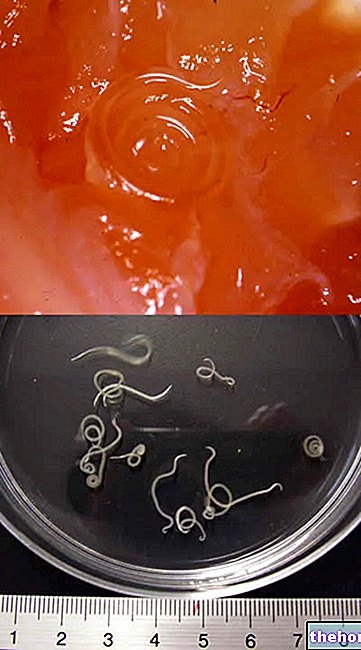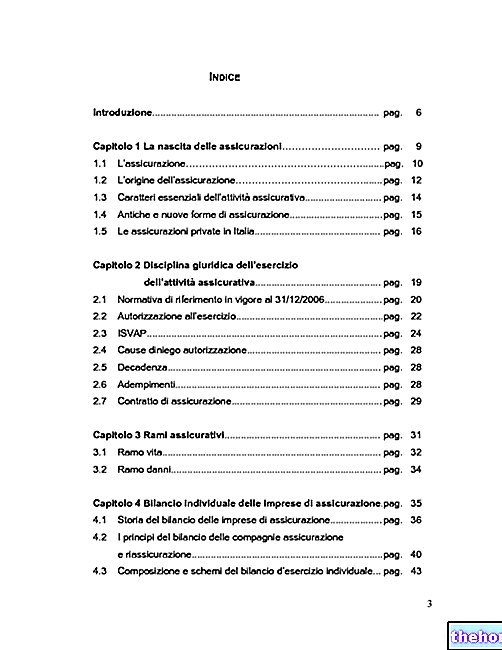- mild bradycardia (HR between 50 and 59 bpm):
- moderate bradycardia (HR between 40 and 49 bpm);
- severe bradycardia (HR below 40 bpm).
Even in this last case, however, bradycardia can be completely devoid of pathological significance; just think that the heart rate of some professional cyclists - measured in the morning after waking up - is around 30 bpm (Miguel Indurain had it recorded 28, Marco Pantani 34-36), while during the dive a trained diver can also go below this threshold.
, dyspnoea, fatigue / tiredness, syncope, confusion, chest pain, hypotension and sleep and memory disturbances. The same symptoms are also recorded in infants and very young children (under one year of age), where, however, bradycardia can already occur at rates below 100 bpm (normally it is around 120-160 beats per minute, against 60 beats per minute). -100 of adults).

The Electrical System of the Heart
Inside the right atrium we find the so-called "sinus node" (or sino-atrial node), a natural pacemaker from which electrical stimuli originate and are subsequently transmitted to the muscle tissue of the atria, causing their activation with consequent atrial contraction and passage of blood into the ventricles. The electrical impulses originating from the sinoatrial node reach a group of specialized cells, which together form the so-called atrioventricular node, a sort of relay that transmits the electrical signal to another group of cells. said bundle of His, which in turn conducts the impulse from the atrioventricular node to the two ventricles. When the electrical stimulus reaches the ventricles, they contract and pump blood into the pulmonary (right ventricle) and systemic (left ventricle) circulation.

Cardiac Arrhythmias
In the event that an "anomaly occurs in one of the various components of the heart's electrical system, more or less severe arrhythmias may appear, associated or not with bradycardia. Most of the time the problem occurs at the level of the sinoatrial node. with a decrease in its discharge rate; in these cases we speak of sinus bradycardia. In other circumstances, the reduced heart rate is due to the lack of transmission of electrical signals to the ventricles; in these cases we speak of atrioventricular block, which can have different stages of gravity.
Other Cardiovascular Diseases
Bradycardia can also be caused by ischemic heart disease, by "myocardial infarction and more generally by cardiac tissue degeneration; in this sense the main risk factors are represented by" advanced age, "hypercholesterolemia," hypertension, smoking , alcoholism and excess stress and anxiety. In other cases, degeneration can be linked to infectious processes, such as endocarditis and myocarditis.
Other Possible Causes
Bradycardia can also be the consequence of abnormalities external to the heart, linked - for example - to the abuse of certain drugs, to the use of particular drugs (such as digoxin, beta-blockers and antiarrhythmics, all drugs responsible for iatrogenic bradycardia) , hypothyroidism, electrolyte changes (for example an excess of potassium in the blood - hyperkalaemia), obstructive jaundice and degenerative liver disease.
, which uses small electrical sensors, connected to the chest and arms, to record the heart's electrical impulses and their conduction. The examination can be conducted at rest, under exertion and in other stressful conditions, or for prolonged periods of time using portable devices.Particular blood tests may be necessary to investigate the presence of underlying diseases, such as hypothyroidism or hyperkalaemia, potentially responsible for bradycardia.
The treatment of bradycardia is related to the causes that generated it; when it is interpreted as physiological or occurs asymptomatically, generally no type of intervention is necessary. those responsible for bradycardia. Finally, when the condition is caused by severe alterations in the transmission of electrical impulses from the heart, implantation of a permanent pacemaker should be considered.

